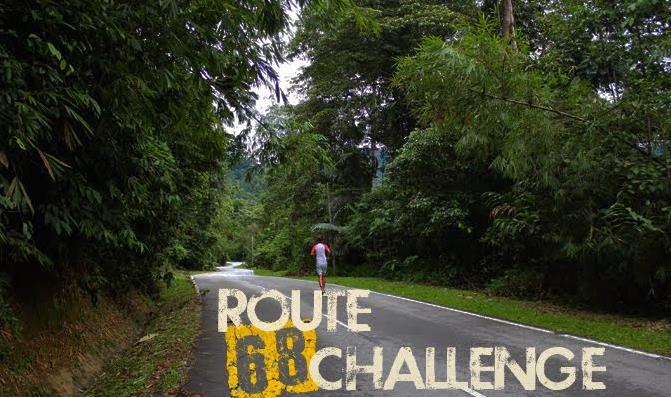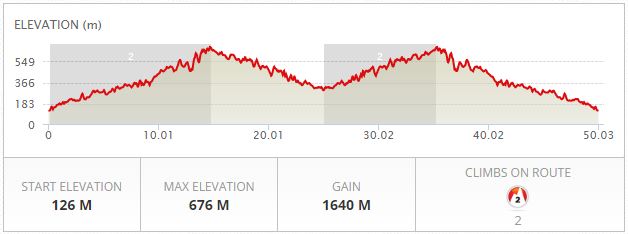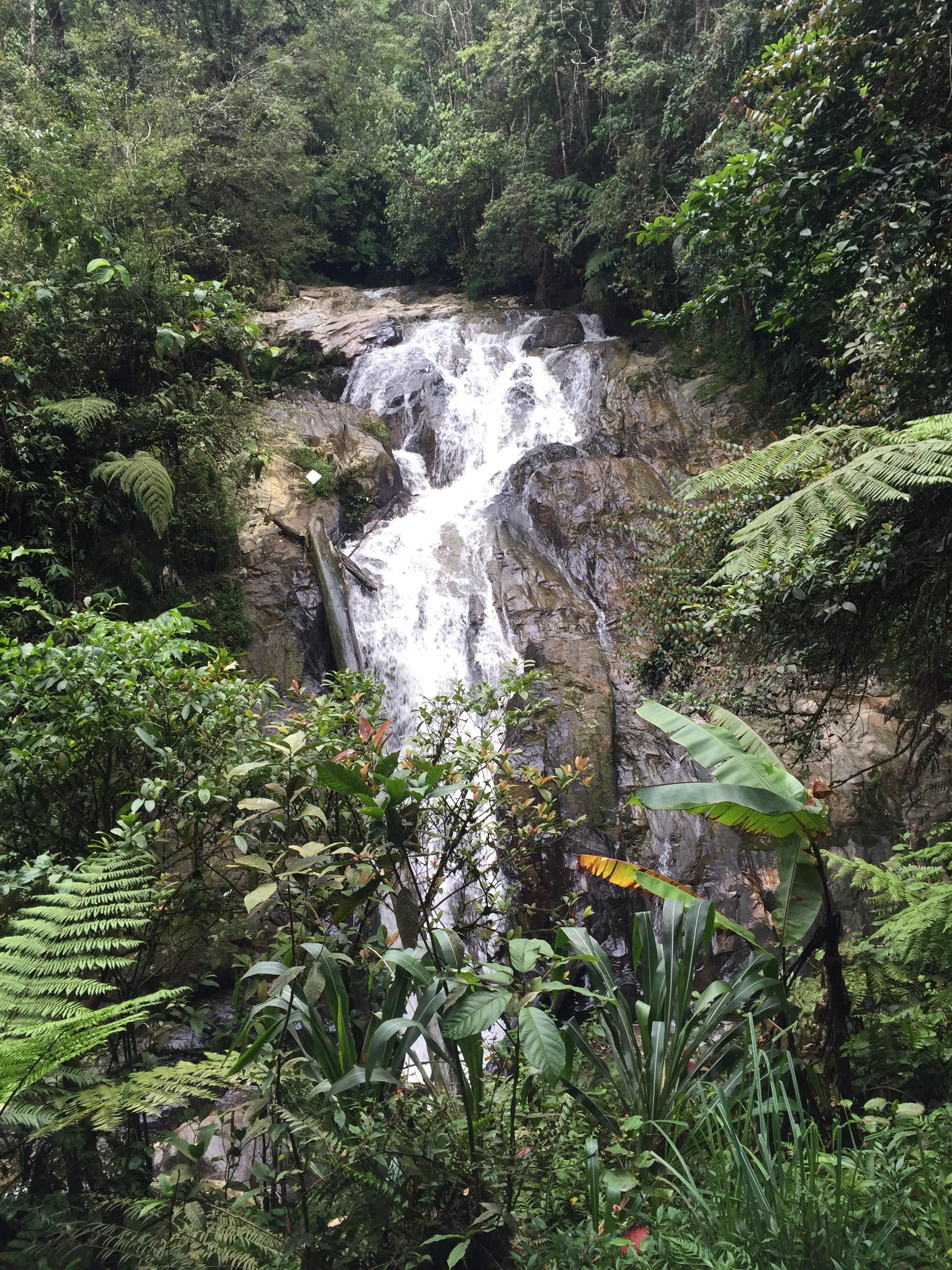I am drafting this out just a few hours before we drive towards Pahang for The Magnificent Merapoh Trail (TMMT) 2017. I will be doing the shortest distance available: 35km. My main motivation to enter this race was because I have never ran in that part of Malaysia before. It is also one of the National Parks in Malaysia. Don’t you just love how running takes you to extraordinary places that you could not think of if you’re just a regular traveller?
The pre-race is always the most exciting yet nerve-wrecking part of the race. What if I didn’t train enough? Did I miss something from the mandatory item? Do I have enough equipment? There are many aspects To make things more manageable, I have prepared a to-do list to ensure that (hopefully) I have covered everything.
- The training
I admit that this is one of the areas that I lacked the most. I have not been running any longer than 21km for quite some time, although I do run 5-7 km on weekdays and more than 15km on weekends. Due to my busy work schedule, I had the time to attend my CrossFit class for once a week only, and that is insufficient. Therefore, I had to set realistic expectations for this 35km race: Just finish it within the cut off time (COT).
Training also involves route studying. For my ease of reference, I have printed out the elevation profile along with vital information required. I didn’t print the map because I’m going to be really honest here: I don’t understand maps. As long as I keep up with the crowd and don’t steer off course, I shouldn’t get lost.
Why printing out the elevation profile is important, especially for trail running at long distances:
- Your GPS watch will be inaccurate. It will not state the actual distance covered.
- Since your GPS watch is not accurate, you have to use a different method to gauge your distance – the elevation. For example, the highest elevation point that you will hit first is at roughly KM8-9.
- You will know which checkpoints have drinks/food/bag drop/toilet etc. This is also important if you want to quit from the race as not all checkpoints are accessible by car/ 4 wheel drive.
- You will know the COT at each check point to ensure you’re not disqualified

The most cost-effective yet crude method to ‘laminate’ your elevation profile. Sloppy workmanship, but oh well, as long as it gets the job done!
- Equipment
Always always always refer to the mandatory list as a guideline for packing. They are important for a reason. Many participants take the mandatory list too lightly, but most trail run especially long distances will have a mandatory item check-in to ensure participants comply. Usually, at the race site there will also be several booths selling the mandatory items but at a very high price.
Hence, the packing begins. Luckily, I did not have to buy a lot of new stuff as I can still use some of the mandatory items from Cultra 2016 and my previous trail runs. Here is a #flatlay of the items I will be bringing. In the end, I decided not to bring the jacket. I also added some painkiller and socks into my bag later. Not in the flatlay is also my headlamp.
I think that covers pretty much most of my pre-race to-do list. Time to head off to Merapoh, wish me luck!



















